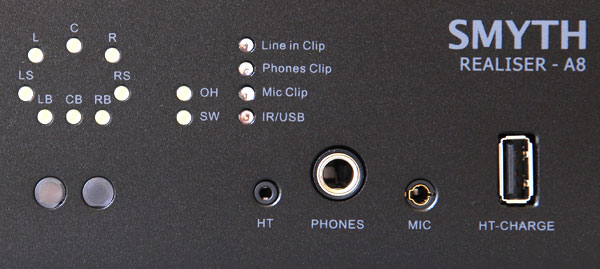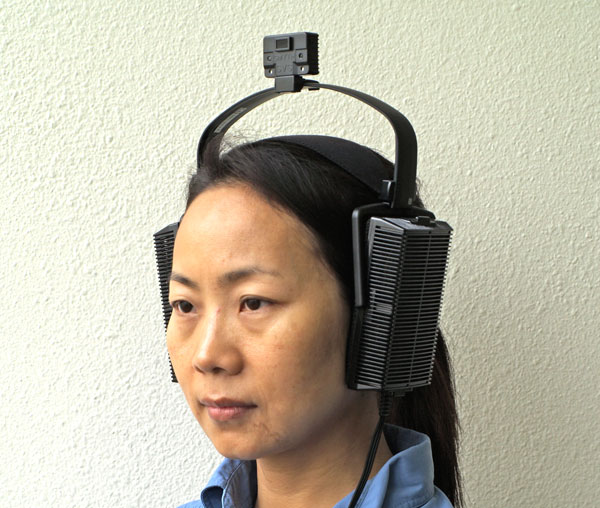Smyth Research Realiser A8 Headphone Surround Simulator

Many have tried, but few have succeeded in simulating a convincing surround soundfield with conventional headphones. Several years ago, I heard a demo of one such system from UK-based Smyth Research, and it really knocked my socks off. That was a prototype, but the technology, known as Smyth Virtual Surround (SVS), is now available in a commercial product called the Realiser A8.

Most headphone-based surround-simulation systems use mathematical algorithms called head-related transfer functions (HRTFs) to describe the effect of sound waves diffracting around a human head from any given direction. The HRTFs are used to alter the amplitude, phase, and delay of an audio signal before it's sent to the headphones, and the listener perceives the sound coming from the desired "direction."
Unfortunately, most of these simulation systems suffer from a couple of drawbacks. For one thing, the HRTFs are generic, based on the average of many individual measurements, which means they are accurate for no one in particular. Also, as a listener turns his or her head, the simulated speaker system turns with it, which sounds quite unnatural. If you were listening to a real surround speaker system, turning your head would change the relative orientation of your ears with respect to the speakers, resulting in plainly audible changes to the sound.

SVS starts by "capturing" the HRTF of a specific individual—i.e., you—listening to a specific set of speakers in a specific room. You put a small microphone in each ear, and a series of test signals are played from the Realiser processor to each speaker. The resulting HRTFs are stored and used to re-create the effect of sounds coming from the modeled speakers in that room as heard by you.

To fully optimize the system, the headphones must also be taken into account. So after the room measurements are taken, you put on the headphones over the mics, and more test tones are played to measure the precise interaction between the headphone cups and the listener's outer ear. The profiles of 64 rooms and 64 headphones can be stored internally, and as many as you want can be stored on removable SD cards.
![]()
After the measurements are stored, up to eight channels of analog audio are fed into the Realiser processor, which applies the selected HRTFs (room and headphone) and sends the processed audio to the headphones fitted with a small, rechargeable head-tracking device on the headband. That device sends an IR signal to a set-top receiver, which communicates the listener's orientation to the processor. This information is used to modify the HRTFs in real time so that the virtual speakers appear to remain in place as the listener's head moves.

Smyth wants to make sure that listeners aren't using lousy headphones, so the company sells a complete package with a Stax SRS-2050 MKII electrostatic-headphone system—which includes the cans and a dedicated amplifier—all for $3360. That might seem like a lot to pay for virtual surround in headphones, but the Realiser A8 offers far more than this—it provides the ability to emulate specific rooms and speakers for your ears only. For example, if you had access to an acoustically superior room with a million-dollar surround-sound system, you could perform the setup procedure and essentially take that room and speaker system with you for far less than it would cost to physically replicate them. Kinda makes three grand seem like a bargain, doesn't it?
- Log in or register to post comments






























































